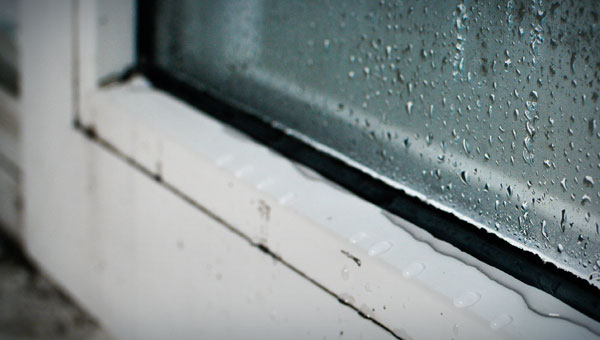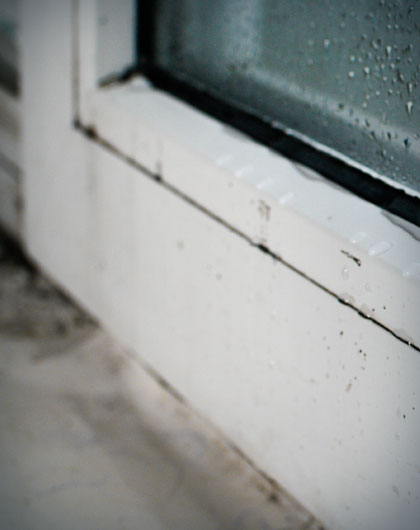
Mold is a tough opponent to any homeowner and business since it can inhabit many climates, inflict damage to structures, and also lead to health complications. To prevent mold formation, it is important to know how various climates influence mold formation. In this blog, we will go through climate-specific ways of avoiding mold and discuss solutions for tropical climates, humid, cold, dry climates, and desert climates. Such knowledge will enable you to keep your living space free from mold to prevent loss and adverse health effects. If you require any professional help, then you can contact FDP Mold Remediation to get the best mold remediation services.
Mold is a general term used to refer to a group of fungi that normally grows in areas with high humidity and warmth. Mold can be best controlled by preventing its growth, and in this manner, various climates pose various degrees of difficulty. Here's how various climate conditions influence mold growth:
Knowledge of these factors is the initial step in designing mold control strategies that are relevant to your local climate.

Areas with high humidity and warm temperatures, particularly in the tropical regions, are likely to harbor mold. Here are some effective techniques to control humidity and prevent mold in these areas:
Everyone knows that dehumidifiers are a must in hot countries. They minimize the amount of moisture indoors, which is unfavorable for mold growth. Locate dehumidifiers in the region that is most likely to have moisture content, such as the basement and the bathroom.
Proper ventilation is crucial. Exhaust fans should be installed in the kitchens and bathrooms to remove damp air from homes. Make sure that your house is properly ventilated so that fresh air can get in and the damp air can get out.
ACs keep your house cool and also have a function that pulls humidity out of the air. Make sure you have an efficient air conditioning system; filters should be cleaned to avoid the growth of mold.
It is advisable to carry out periodic checks on your home to identify the presence of mold. Areas that are likely to be hot and with low air circulation should be considered a priority. If a mold problem is identified in its early stages, it will not become a big menace.
Mold prevention in temperate climates can also present some problems, primarily due to changes in humidity and temperature during different seasons. If these changes are not managed effectively, the chances for mold to grow increase throughout the year.
If the indoor environment is wet in the warmer months, air conditioning and dehumidification are necessary to reduce indoor humidity. Ensure your air conditioning units are well checked and cleaned often so that they are well functioning.
During the winter period, the presence of mold is normally changed by indoor heating systems. Make sure that the heating system is in good condition, and do not let the indoor humidity go too high. Proper usage of humidifiers can be beneficial in avoiding dry air problems, hence allowing people with such problems as dry skin and respiratory diseases to benefit from a change in the environment. However, do not overdo it because that is when one is creating conditions that are suitable for mold growth.
Moreover, check whether your house has areas that could be infiltrated, such as water pipes, roofs, or windows. These problems become worse during the winter and summer; thus, early repair and maintenance are encouraged.
In the case of a rainy or snowy day, make sure that water does not flow towards the direction of the foundation of your home. Gutters and downspouts are useful in that they do not allow water to accumulate around the house and seep into the structure.
Mold is not very common in cold and dry regions, although it can be a problem, especially in inadequately insulated houses or during a period when humidity is high. Here are some strategies to prevent mold in these environments:
The desert climate poses a very big challenge when it comes to controlling mold since the environment is very dry. However, the low humidity can sometimes leave the surfaces dry, which can hide other problems that might lead to mold formation. In such settings, it is necessary to control humidity and dust since dust contains mold spores, which causes good air quality.
The most effective approach in desert conditions is regulating the internal humidity level. Although outdoor humidity is low, other activities and appliances indoors can contribute to the amount of humidity. Where possible, use dehumidifiers and confirm that air conditioning systems are working well to help regulate the indoor humidity.
Sweeping or dusting should not be carried out very often but as frequently as possible to reduce the buildup of dust. Dust usually contains mold spores, and if your house is dusty, then this means that there are many mold spores and, therefore, can easily grow. Clean the air by installing air purifiers fitted with HEPA filters to help in trapping airborne particles.
Another factor to consider is making sure your home is properly closed so that dust and other irritants from outside cannot get in. People should also ensure that the seals around the windows and doors are checked and maintained often to ensure that the indoor environment is as clean as possible.
Preventing the formation of mold is an essential component of keeping the environment within the living spaces healthy and safe. Hence, the following articles of this work aimed at identifying and detailing the specific risks of your climate in a bid to help you come up with the right tactics to use in fighting mold.
No matter whether you are located in a tropical country, a country with four seasons, a cold country, or a desert, preventive measures should be taken. One has to ensure proper maintenance, proper moisture control, and keen attention to not encouraging mold growth in his property.
If you have reason to believe that mold has invaded your home or if you want to get professional help avoiding mold in your area, FDP Mold Remediation is just a call away. We have personnel who are willing to assist you in dealing with mold problems individually and making your environment free from mold. Call us today for a consultation, and let us guide you to begin with a healthier and safer home today.



